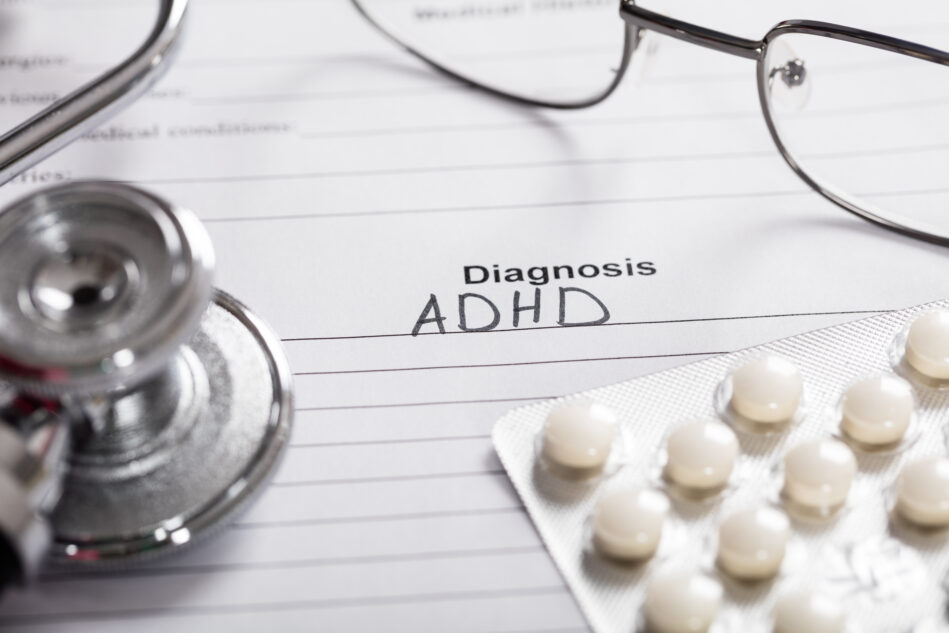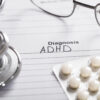An estimated 5-10% of American children have attention-deficit hyperactivity disorder, or ADHD. To date, treatments have been limited to cognitive behavioral therapy alone or in concert with drugs like Adderall and Ritalin.
Last week the FDA approved the Monarch external Trigeminal Nerve Stimulation System, or eTNS for short, the first medical device to treat childhood ADHD. It uses a mild nerve stimulation into the child’s brain which researchers for the manufacturer claim causes positive behavioral changes.
The FDA approved the device after reviewing a double-blind pilot study of only 62 children ages eight to 12 years old, published in the Journal of the American Academy of Child and Adolescent Psychiatry. A “double blind” study (the highest-quality study) in this case meant that a control group of children were given “sham” treatments with a device that looked and felt like the actual eTNS device but did nothing, in order to ensure that the children, parents and doctors in the study didn’t know who was getting the treatment.
Researchers found that the device was “well tolerated” and presented minimal risk for the children. Of course, no long-term side effects can be established at this point, but the clinical trial saw side effects of drowsiness, an increase in appetite, trouble sleeping, teeth clenching, headache and fatigue. “No serious adverse events” were attributed to using the eTNS device according to the study, but in a group as small at 62 it would be unlikely to detect less common adverse events.
Concern About Sustained Usage
The scientists highlighted the importance of potential long-term negative side effects on the children’s developing brain, stating in the abstract that “[a]dditional research should examine treatment response durability and potential impact on brain development with sustained use.”
The eTNS device is about the size of a smartphone and works by sending a low-level electrical pulse through a patch on the child’s forehead while sleeping. The feeling it generates is described as a “tingling sensation on the skin” and the signal is sent via the trigeminal nerve to areas of the brain believed to be related to ADHD. For now, researchers are unclear on the exact mechanisms through which eTNS operates, but neuroimaging studies reveal activity spikes while using eTNS in brain areas that regulate attention, emotion and behavior.
The device is intended for home use under supervision by a caregiver and the preliminary research indicates that a noticeable behavioral difference can take up to four weeks. After the first month, patients should speak with their physician to evaluate how treatment is going.
Over the years, overmedicating young children with ADHD has become a rising concern. In 2017, a study found that long-term ADHD stimulant medication use may stunt growth. Recently, a March 2019 study found that some ADHD drugs may increase psychosis risk. CBT (cognitive behavioral therapy) remains the least invasive option along with other wellness options. CBT can be used alone but if medicine is being used, CBT should also be involved.
While further research is necessary to establish the eTNS’ safety and efficacy, this medical breakthrough in the realm of ADHD research is certainly interesting.






